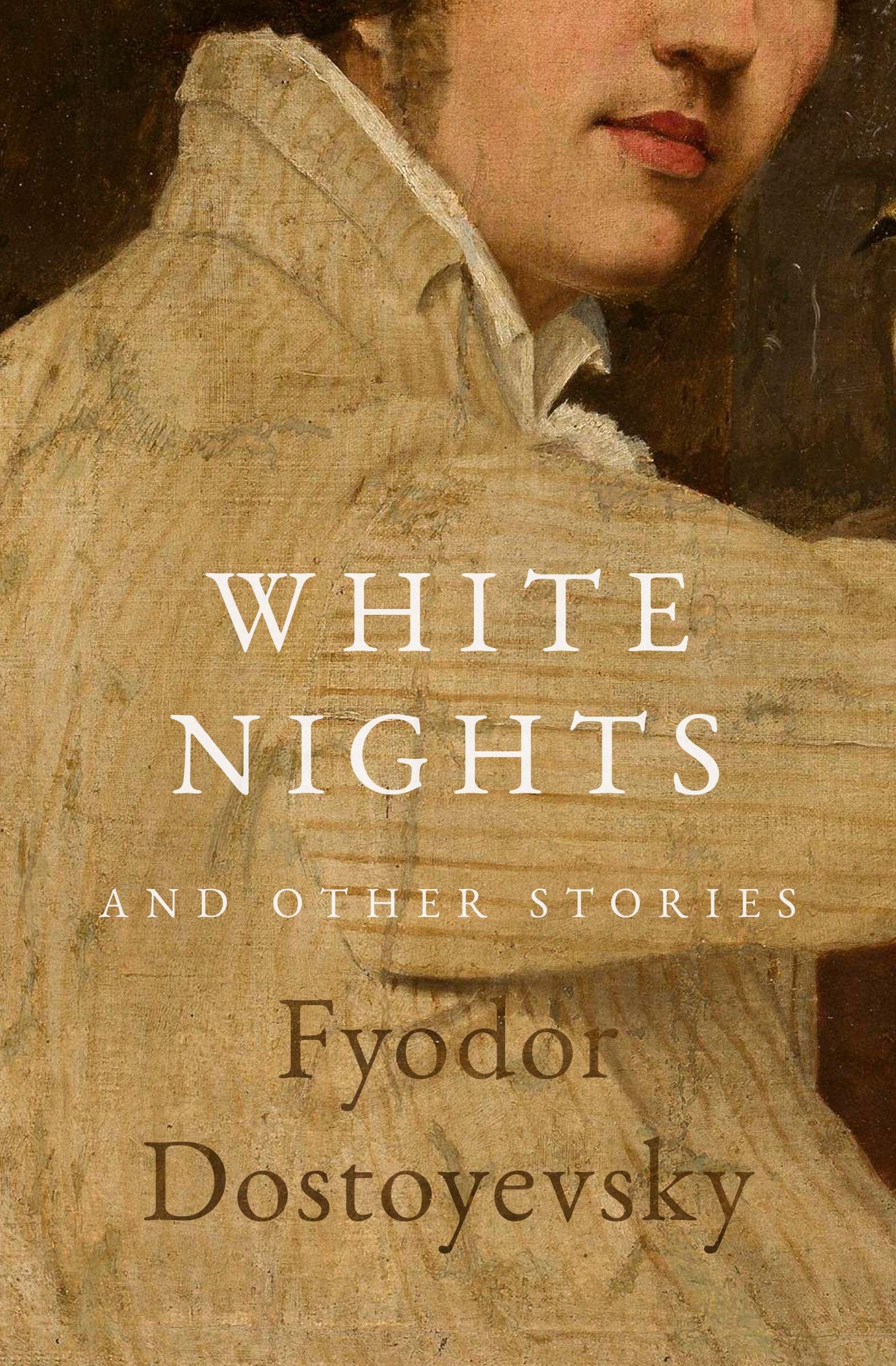Psychology Behind: White Nights
Exploring romantic idealization and emotional dependency through Dostoevsky's masterpiece.
Exploring romantic idealization and emotional dependency through Dostoevsky's masterpiece.

Have you ever found yourself lost in the depths of your own imagination, creating entire worlds within your mind as a way to escape loneliness? Many of us seek comfort in daydreams, but for some, isolation becomes more than a temporary state—it shapes their entire emotional experience. This is the essence of isolated love, a psychological phenomenon where an individual experiences deep romantic emotions without true connection or reciprocation.
One of the most poignant literary explorations of isolated love is found in "White Nights" by Fyodor Dostoevsky. This melancholic novella paints a vivid portrait of a lonely dreamer who becomes enamored with a woman over the course of four nights, only to be left heartbroken in the end. Through the protagonist's journey, "White Nights" captures the psychological intricacies of romantic idealization, social isolation and emotional dependency.
Published in 1848, "White Nights" follows a solitary, introspective young man living in St. Petersburg. He spends days in seclusion and nights wandering the city, immersed in his own thoughts and fantasies. One evening, he meets Nastenka, a young woman, who, like him, is struggling with loneliness and yearning for love. The narrator falls passionately in love with her, seeing her as the answer to his loneliness and the embodiment of his romantic dreams.
However, Nastenka is waiting for another man, someone she has long loved and hopes will return to her. Though she appreciates the narrator's companionship and even considers being with him, her heart ultimately belongs to someone else. In the final moments of the story, her beloved returns, and she joyfully reunites with him, leaving the narrator alone and lost in his own solitude.
Psychologists have long studied the impact of one-sided love and its effects on emotional well-being. Key psychological concepts related to isolated love include:
The narrator of "White Nights" embodies the tendency to idealize love and project his fantasies onto another person. Research in psychology suggests that people who idealize love often create an unrealistic image of their romantic interest, seeing them as perfect and capable of fulfilling all their emotional needs. This kind of attachment can be damaging because it disconnects the individual from reality, setting them up for inevitable disappointment.
When we idealize someone, we're not truly seeing them as they are, but rather as we need them to be. This creates an impossible standard that no real person can meet, leading to disappointment and emotional pain.
The protagonist of "White Nights" is deeply lonely, a state that intensifies his emotions toward Nastenka. Studies have shown that chronic loneliness can heighten emotional dependency, making people more prone to infatuation and idealized love. When individuals lack social interaction, their emotional world can become consumed by a singular attachment, even if it is not reciprocated.
Clinging to Nastenka as if she is his only source of happiness, the narrator displays signs of emotional dependency. Studies indicate that emotionally dependent individuals often struggle with low self-esteem and a deep-seated fear of abandonment, leading them to invest excessively in relationships that may not be healthy or balanced.
The narrator experiences cognitive dissonance—a psychological conflict between his deep affection for Nastenka and the reality that she doesn't reciprocate his feelings. This internal struggle is common in unrequited love, where individuals convince themselves that they might still have a chance, despite clear signs to the contrary.
Dostoevsky masterfully captures the emotional highs and lows of isolated love in "White Nights." Through the narrator's perspective, readers experience:
Isolated love is not just a literary theme—it is a real psychological experience that affects many people. Those who experience unrequited love often deal with:
Neuroimaging studies have shown that emotional pain from rejection activates the same regions of the brain as physical pain, particularly the anterior cingulate cortex and right ventral prefrontal cortex. This explains why heartbreak literally hurts.
Although isolated love can be painful, there are ways to cope and heal:
"It also presents an opportunity for self-discovery and growth. As we navigate our own emotions and relationships, it's essential to recognize the value of self-worth beyond romantic attachment."
Dostoevsky's White Nights serves as a timeless exploration of isolated love, illustrating the profound emotional impact of unreciprocated affection. Through the narrator's journey, we see the dangers of romantic idealization, the pain of loneliness and the struggle of emotional dependency. The novella resonates deeply with those who have experienced unrequited love, reminding us of the delicate balance between dreams and reality.
It also presents an opportunity for self-discovery and growth. As we navigate our own emotions and relationships, it's essential to recognize the value of self-worth beyond romantic attachment. In the end, love, whether shared or unrequited, shapes our understanding of ourselves and the world around us.
If you've ever experienced unrequited love, know that you're not alone. Understanding your emotions and learning how to navigate them can lead to personal growth and emotional resilience. What are your thoughts on White Nights and its portrayal of isolated love? Share your experiences in the comments below, and let's continue the conversation about love, psychology, art, movies and literature.